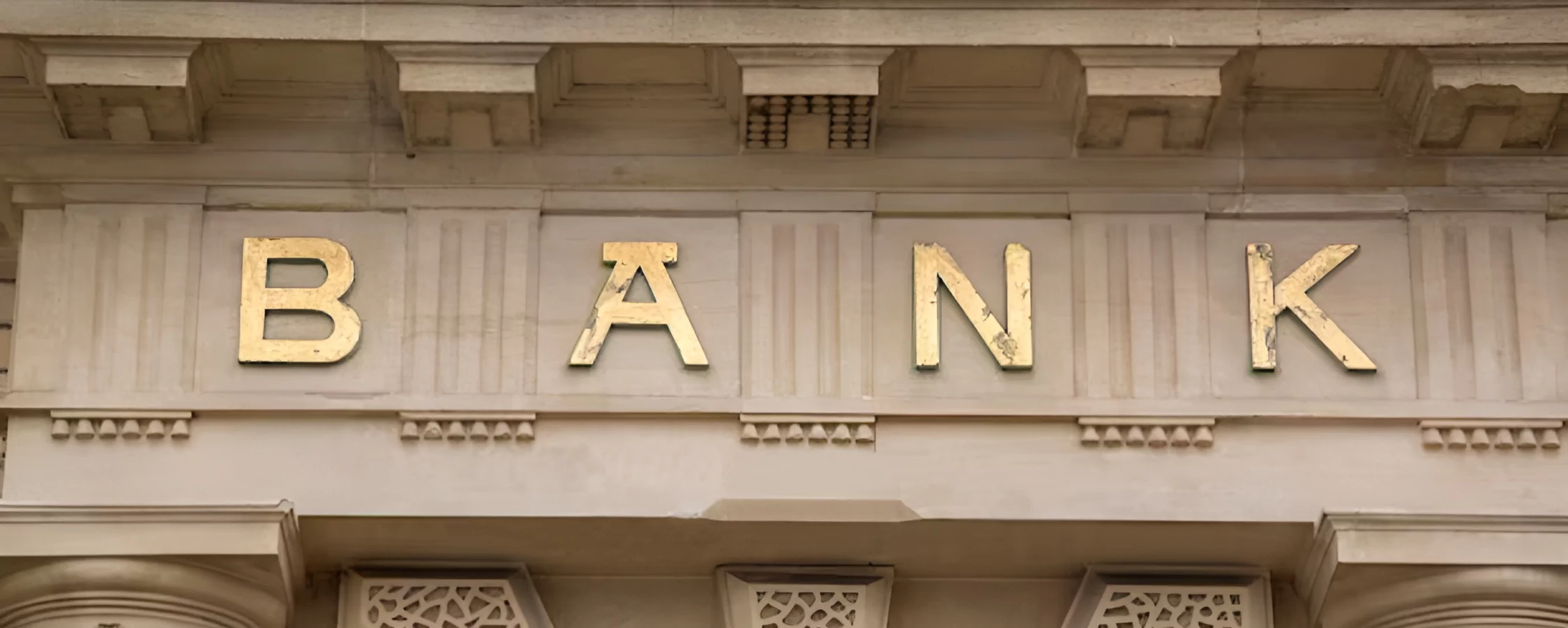The RSI indicator in forex is used in technical analysis. Without this indicator or others similar to it, you could be missing out on a lot of successful trades. This is why you should start learning different technical indicators to further improve your trading skills. This article will go over the RSI indicator and what it does. We will also learn various approaches to using it and how to use it.
What is RSI Indicator in Forex?
When a market is briefly overbought or oversold, the relative strength index (RSI) is often used to signal those conditions. The RSI can provide signals that a market is overextended and is therefore likely to retrace, and an intraday forex trading strategy can be developed to take advantage of these signals.
The relative strength index (RSI) is a widely used technical indicator and oscillator that signals overbought and oversold market conditions. When the RSI value is over 70 it signals an overbought market. Oversold market conditions are when the RSI readings are below 30. The more extreme readings of 80 and 20 are preferred by some traders and analysts.
The RSI has the drawback of being receptive to false signals because sudden, sharp price movements can cause it to spike repeatedly up or down. When compared to other signals, those spikes or drops might indicate a trading confirmation, which could indicate an entry or exit point.
The price frequently rises or falls far beyond the point at which the RSI first flags the market as being overbought or oversold. To avoid entering a trade too early, a trading strategy that uses the RSI performs best when combined with other technical indicators.
Why Use the RSI Indicator in Forex
The number one reason traders use RSI is to be able to predict price behavior and activity. This can help you to make more accurate predictions while trading. You can also use it to confirm trends and trend reversals. In forex, it can inform you about overbought and oversold markets. Short-term traders can receive buy and sell signals from it.
The RSI indicator is a technical indicator. Most traders use it along with other indicators to make their trades more accurate.
The Formula for RSI in Forex
When trading RSI is calculated for you, but knowing how it is calculated is important. When knowing the formula you can better know how the indicator works and use it more efficiently.
The formula is: 100 – 100 / (1+RS)
RS is the relative strength and is calculated by this formula: AvgU/ AvgD. AvgU is the average of all up moves in the last N price bars. AvgD on the other hand is the average of all down moves in the last N price bars. N refers to the period of RSI. There are three common methods used to calculate AvgU and AvgD.
RSI Trading Strategies

You now know what the RSI indicator in forex is and how to use it. Next, you should know some strategies you can use while trading.
Overbought and Oversold Levels
This strategy can be categorized as an RSI trendline strategy because it aims to forecast when the price will break through the trendline, which presents an opportunity for trading. The market is oversold if the RSI is less than 30, which suggests that the price may eventually rise. An order to buy can be placed once the reversal has been verified. In contrast, if the RSI is greater than 70, it indicates that the market is overbought and that a price decline may be imminent. A sell trade can be executed following confirmation of the reversal. The line dividing the upper (Bullish) and lower (Bearish) territories is marked by the RSI 50 level. The RSI is typically above 50 during uptrends, while it is below 50 during downtrends.
A Classic Divergence
When the price makes a higher high and the RSI deviates from its trend and makes a lower high, this is known as RSI bearish divergence. At the peak of a bullish market, RSI divergence typically forms, and this is referred to as a reversal pattern. When an RSI divergence develops, traders anticipate a reversal. Given that it appears in multiple candlesticks before the uptrend changes course and breaks through its support line, it serves as an early warning of a reversal.
In contrast, when the price makes a lower low and the RSI makes a higher low, a bullish divergence will occur. This indicates a potential change in trend from a downtrend to an uptrend. Technical analysis of the forex market frequently makes use of RSI divergence. Some traders favor using higher time frames (H4, Daily). You can get a variety of buy and sell signals for the RSI indicator using these techniques.
Two-period Divergence
This approach is also known as an RSI 14 trading approach. Apply a quick 5-period RSI (RSI 5) over a longer (default) 14-period RSI (RSI 14), and look out for crossovers. The market may not always reach the oversold or overbought levels before a direction shift occurs when using the RSI 14 trading strategy. A shorter period RSI is more responsive to recent price changes and can detect reversals earlier than a longer period RSI. Recent price increases are indicated when the RSI 5 crosses above the RSI 14.
When the 5 period is oversold (below 30), a 5 vs. 14 cross should occur, generating a buy signal. Recent price declines are indicated when the RSI 5 crosses below and becomes lower than the RSI 14. The signal is to sell. The 5 period should cross the 14 when it is overbought (above 80). For seasoned traders, combining an RSI trading strategy with pivot points can have a significant positive impact on their trading performance.
Conclusion
The RSI indicator in forex has many benefits for traders. When a market is briefly overbought or oversold, the relative strength index (RSI) is often used to signal those conditions. However, the RSI has the drawback of being receptive to false signals because of sudden, sharp price movements. The ability to forecast price activity and behavior is the main reason traders use RSI. This can assist you in making more accurate trading predictions. Other indicators can be used alongside RSI to obtain better results. There are also different approaches you can use while trading with RSI.













